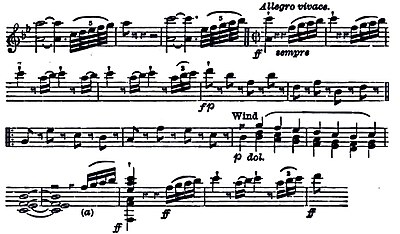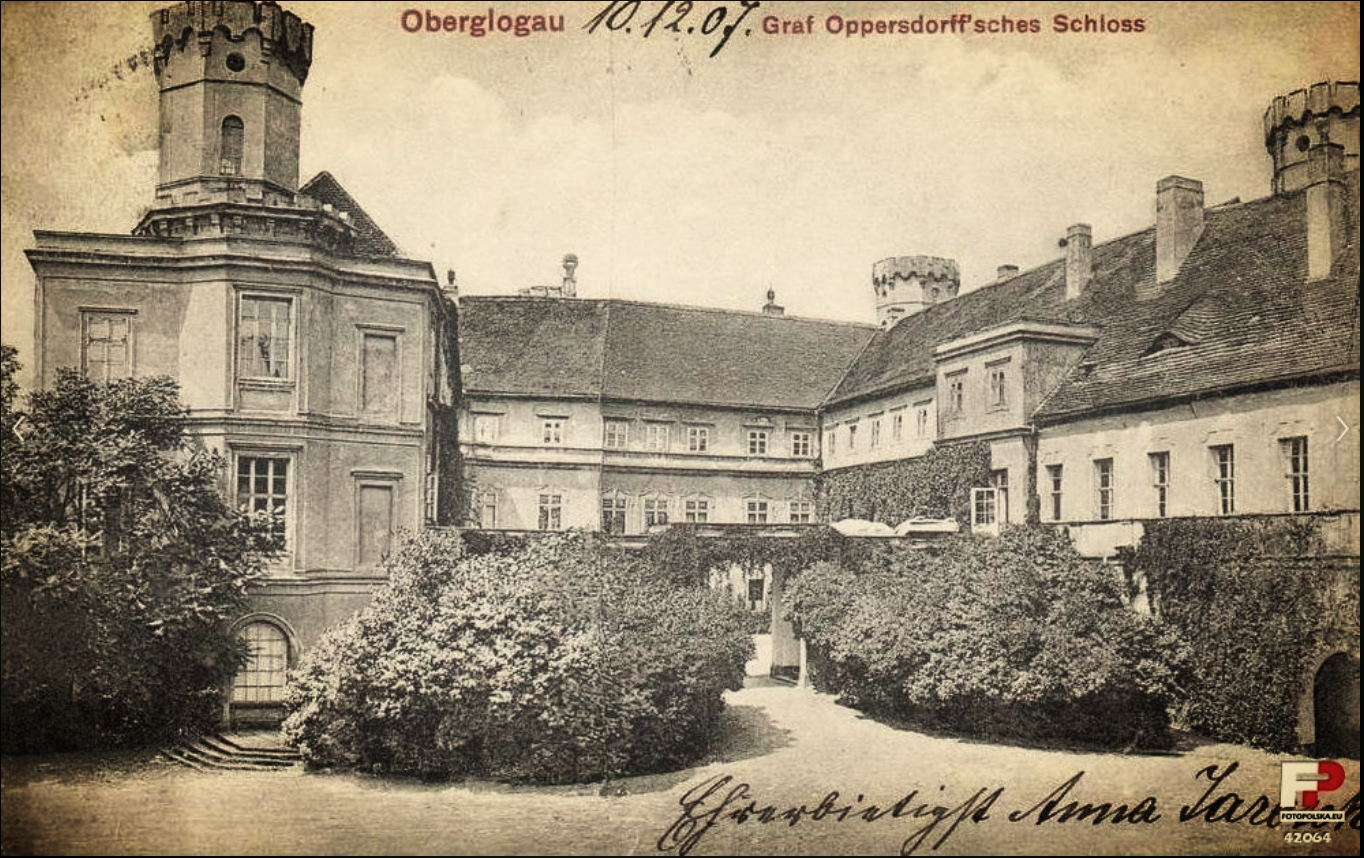
For some years now I have been teaching myself to appreciate classical music as a means to broadening my mind and appreciate every aspect of art. And truly, I can’t listen to another rock and roll song. I've had enough
So, with that said Beethoven’s Number 4 Symphony is his fourth-published symphony by Ludwig van Beethoven. It was composed in 1806 and premiered in March 1807 at a private concert in Vienna at the townhouse of Prince Lobkowitz. The first public performance was at the Burgtheater in Vienna in April 1808.
The symphony is in four movements.
It is predominantly genial in tone and has tended to be overshadowed by the weightier Beethoven symphonies that preceded and followed it – the Third Symphony (Eroica) and the Fifth. Although later composers including Berlioz, Mendelssohn and Schumann greatly admired the work it has not become as widely known among the music-loving public as the Eroica, the Fifth and other Beethoven symphonies.
Beethoven spent the summer of 1806 at the country estate of his patron, Prince Lichnowsky. (Below)
Now here is the famous remark he made to the Prince "Prince, what you are, you are through chance and birth; what I am, I am through my own labor. There are many princes and there will continue to be thousands more, but there is only one Beethoven."
In September Beethoven and the Prince visited the house of one of the latter's friends, Count Franz von Oppersdorff. The Count maintained a private orchestra, and Beethoven, who (understandably) had a large ego, was honored with a performance of his Second Symphony, written four years earlier. After this, Oppersdorff offered the composer a substantial sum to write a new symphony for him.
At the time Beethoven had been working on what later became his Fifth Symphony, and his first intention may have been to complete it in fulfillment of the Count's commission.
The work is dedicated to "the Silesian nobleman Count Franz von Oppersdorff" (Above). Although Oppersdorff had paid for exclusive rights to the work for its first six months, his orchestra did not give the first performance. The symphony was premiered in March 1807 at a private concert in Vienna at the townhouse of Prince Lobkowitz, another of Beethoven's patrons.

The symphony is scored for flute, 2 oboes, 2 clarinets in B♭, 2 bassoons, 2 horns in B♭ and E♭, 2 trumpets in B♭ and E♭, timpani and strings.
Beethoven around 1808-1810
It typically takes between 30 and 35 minutes to perform.
In general, the symphony is sunny and cheerful, with light instrumentation that for some listeners recalls the symphonies of Joseph Haydn, with whom Beethoven had studied a decade before. Although it is said that Haydn – who was still alive when the new symphony was first performed – might have found the work too strong for his taste.
Like those of the first, second, and seventh of Beethoven's nine symphonies, it has a slow introduction. Leonard Bernstein described it as a "mysterious introduction which hovers around minor modes, tip-toeing its tenuous weight through ambiguous unrelated keys and so reluctant to settle down into its final B♭ major."



